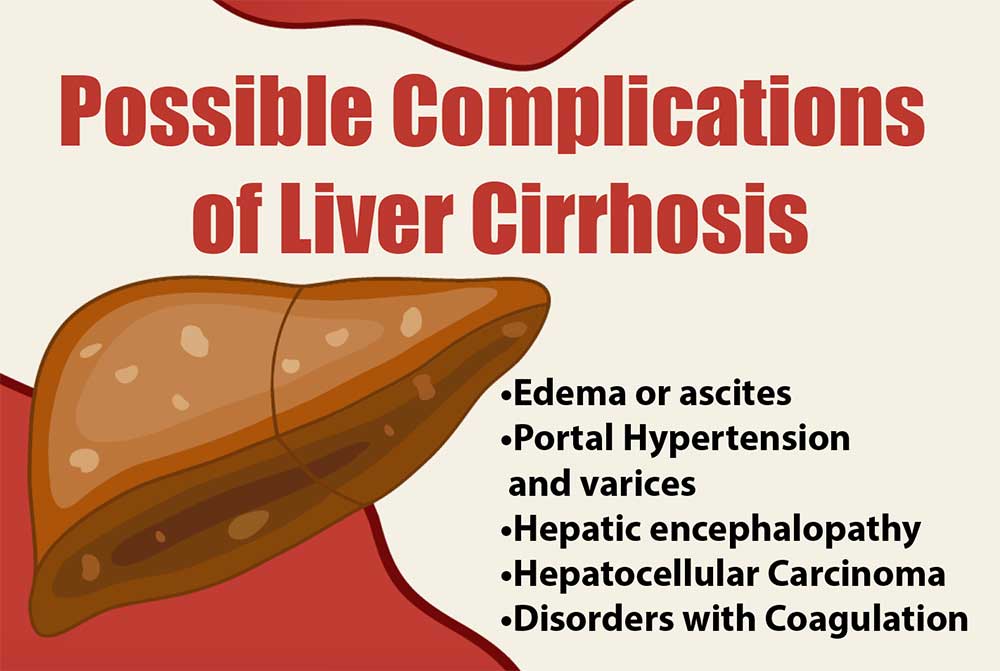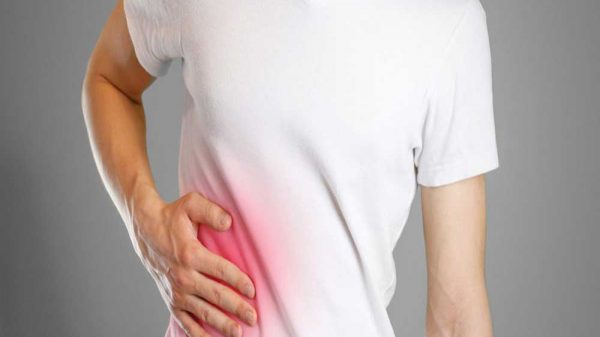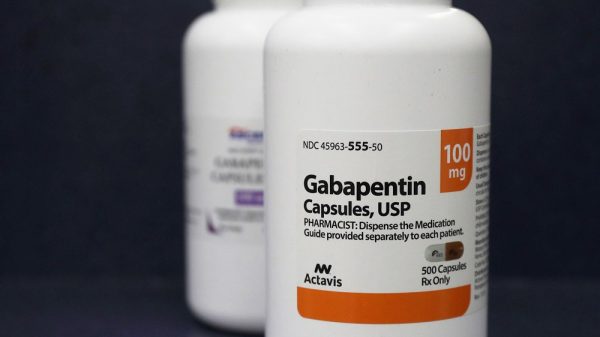The saying that health is wealth is accurate and true. People who are in good health can enjoy their life to the fullest, giving them the time and the energy to enjoy the fruits of their labor and their loved ones which, as far as most of us are concerned, are the true treasures in our lives. However, there are some life-threatening diseases that can greatly affect our health and quality of life in ways that are adverse and extreme. One such health condition is known as Cirrhosis of the liver. But what is this illness? What are its complications, prevention, and treatment? In this article, we attempt to answer these questions. Read on to find out more!
Cirrhosis of the Liver: A General Overview
This condition is characterized by healthy cells in the liver being replaced by scar tissue gradually and over a period of time. This kind of disease is considered progressive and can develop in the liver for a number of years. If allowed to go on without being treated, the scar tissue can buildup and lead to liver functions that are stopped. Long term and continuous harm to the liver needs to occur before liver cirrhosis can occur. Once liver tissues that are healthy are replaced by damaged tissues (scar tissues), liver cirrhosis can turn serious as it can begin to block blood flow through the liver.
What are the Symptoms of Cirrhosis of the Liver?
During the early stages of liver cirrhosis, symptoms are usually not observed or present. However, as the accumulation of the scar tissue continues, the liver’s ability to properly work is adversely affected. Once this happens, the following symptoms may be observed:
| Weakness | Fatigue |
| Palms that are blotchy or color red | Nausea |
| Tenderness or pain in the location of the liver | Loss of appetite |
| Unintended weight loss | Itchy skin |
| Blood capillaries in the upper abdomen that are more visible | Insomnia |
Once the liver cirrhosis progresses, other symptoms start to appear as well such as walking and mobility issues, throwing up some blood, darker urine, stools that are pale or tarry, breathlessness, right shoulder pain, nosebleeds, muscle cramps, risk of infection that is increased, fevers that occur more frequently, problems with memory, sex drive that is significantly reduced, yellowing of the skin (also known as jaundice), proneness to getting bruised, hair loss, difficulty in processing alcohol and drugs, mass that is lost in the upper arms and body, gums that are bleeding, changes in the personality, and heartbeat that is accelerated.
During the advanced stages of liver cirrhosis, the healthy tissues are replaced by scar tissues that are fibrous. Additionally, there may also be some form of regenerative nodules which are lumps that can develop as the liver attempts to address the damage it is currently experiencing.
How is Liver Cirrhosis Treated?
If the liver cirrhosis is detected early, then the harm caused by the scar tissue can still be reduced by addressing the possible medical conditions that caused the condition in the first place. Below are some of the specific treatments for Liver cirrhosis based on their possible causal factors:
- Alcohol dependency treatment: If the cause of the liver cirrhosis is due to alcoholism, then it is crucial that the patient cease drinking alcohol in terms of regular and long term heavy drinking. In most cases, medical professionals will advise the patient to undergo treatment for alcohol dependency
- Medications: The doctor may also recommend that the patient take some medication to aid in the management of liver damage caused by certain health conditions such as hepatitis B and hepatitis C.
- Managing portal vein pressure: Blood can get backed up in the vein that aids in supplying blood to the liver. This can lead to portal vein having high blood pressure. These medications will commonly be recommended to manage elevated blood vessel pressure. The main goal for doing this is to aid in the prevention of bleeding that is severe.
- Banding: To control and manage to bleed, a small band may be attached around the band of the veins leading to and from the liver.
- Injection sclerotherapy: a substance is injected in the varices after an endoscopy which can help in the triggering of scar tissue or blood clots to form to further control the bleeding.
- TIPPS or Transjugular Intrahepatic Portosystemic Stent Shunt: If the treatments listed above do not aid in the reduction of bleeding, a tube made of metal can be placed on the liver to link the hepatic veins and the portal, which creates a completely new path in which blood can flow.

Possible Complications of Liver Cirrhosis
Listed below are some of the possible complications of liver cirrhosis:
- Edema or ascites: Ascites are when the abdomen has fluid buildup while edema is when the legs have fluid buildup as well. These can be addressed by water pills and a diet that is low in salt.
- Portal Hypertension and varices: These are veins that are swollen found in the stomach and esophagus which can contribute to increased blood vessel pressure. Once these varices are ruptured, severe loss of blood can occur along with blood clots.
- Hepatic encephalopathy: This condition means that the toxins in the blood have reached critically increased levels so much so that the liver is already unable to filter the aforementioned toxins.
- Hepatocellular Carcinoma: This form of liver cancer is one of the most common cancer to affect the liver.
- Disorders with Coagulation: Liver cirrhosis can lead to dangerous blood clots and dangerous bleed outs mainly due to problems with clotting.
Prevention of Cirrhosis of the liver
One of the best ways to prevent liver cirrhosis is to ensure that alcohol intake is limited within ideal limits and basically having people observe drinking in moderation. Those with cirrhosis of the liver should totally avoid alcohol consumption as it can drastically advance the illness in ways that are accelerated.
On the other hand, individuals should also avoid contracting hepatitis B and C by having those who are high risk vaccinated, avoiding needle sharing for injectable drugs, and the use of a condom.
























